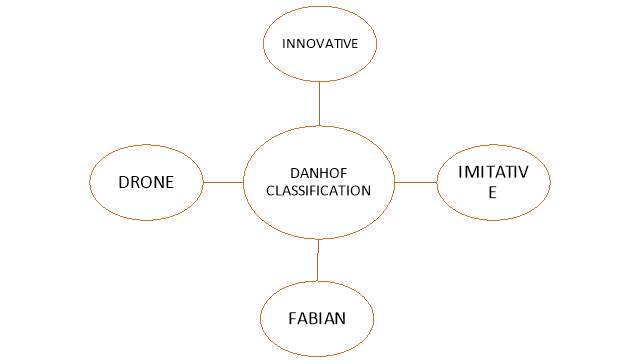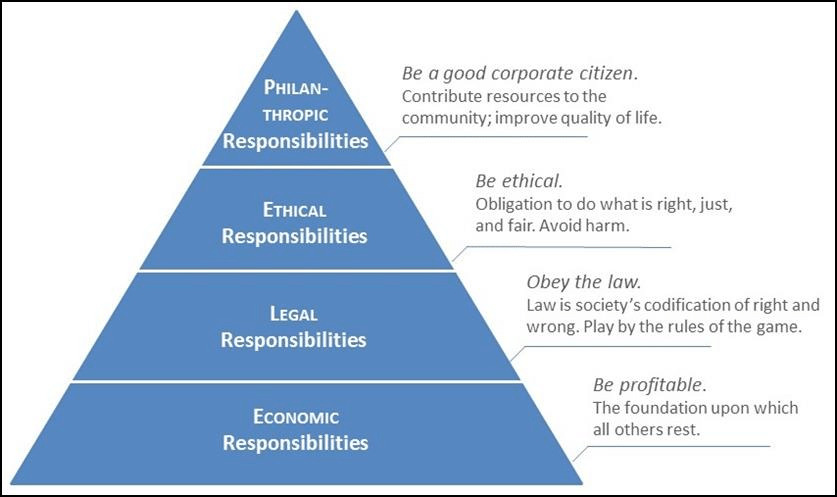The Federal Bureau of Investigation (FBI) defines industrial espionage as “an individual or private business entity sponsorship or coordination of intelligence activity conducted for the purpose of enhancing their advantage in the marketplace.” While this definition may imply Industrial Espionage to be more or less the same as business or competitive intelligence, but there is an essential difference between the two – while business intelligence is generally under private sponsorship using an “open” methodology, espionage may be either government or privately sponsored and clandestine.
Industrial Espionage is the process of collecting information and data for the purpose of generating revenue. Generating revenue is very important aspect for these people.… Read the rest



